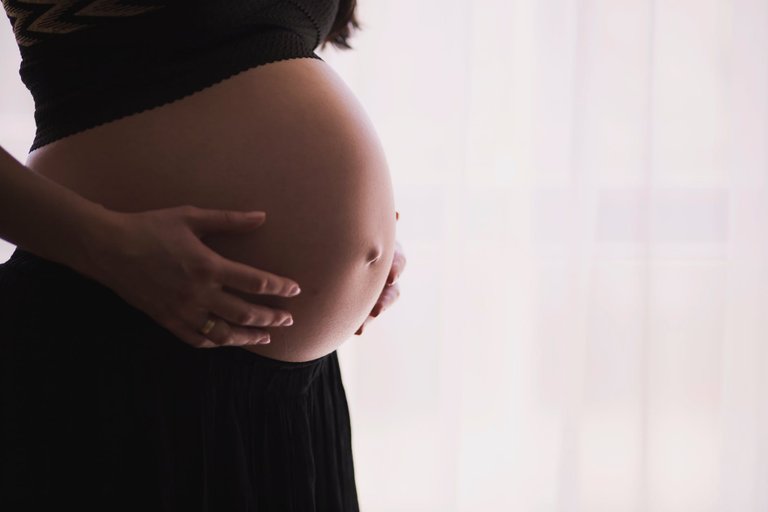Las embarazadas y el riesgo en caso de estar infectadas con COVID-19 ¿cuál es la preocupación de las madres? ¿Qué su bebe podría estar infectado también? Pues, hasta ahora no hay evidencias que corra riesgos, así que la barriga sigue siendo un lugar seguro para ese bebe formándose.
Pregnant women and the risk if they are infected with COVID-19,¿ what is the concern for mothers? ¿that their baby could be infected too? Well, so far there is no evidence that they are at risk, so the belly is still a safe place for that baby to be forming.

Fuente de Imagen
No hay paso de la enfermedad vertical, es decir el contagio de la madre a su hijo, aunque hay muy poca información, pero ningún bebe ha sido positivo y en cuanto al parto siempre se debe dar prioridad al parto vaginal para evitar posibles complicaciones en intervenciones quirúrgicas con la Cesaria.
En cuanto a la Lactancia no se ha detectado el virus en la leche de mujeres infectadas, sin embargo de la transmisión después del nacimiento por el contacto de secreciones e infecciones podría ser un riesgo, así que la madre puede decidir dar o no Lactancia, evaluando los riesgos cumpliendo las más estrictas medidas posibles para no transmitir el virus a su bebe.
Si decide dar Lactancia al recién nacido debe mantener una seguridad y distancia con el bebe, una manera seria lactancia asistida tomando medidas en la extracción de la leche u ordeño para establecer y mantener una cantidad importante en su suministro.
Las mujeres embarazadas siempre tienen más probabilidades de desarrollar enfermedades graves, por lo tanto deben mantener unas medidas extremas de higienes para así no exponer el recién nacido.
There is no vertical transmission of the disease, the transmission from mother to child, although there is very little information, but no baby has been positive and as for delivery, priority should always be given to vaginal delivery to avoid possible complications in surgical interventions with Cesarean section.
As for breastfeeding, the virus has not been detected in the milk of infected women, however, transmission after birth by contact of secretions and infections could be a risk, so the mother can decide whether or not to breastfeed, assessing the risks while complying with the strictest possible measures to avoid transmitting the virus to her baby.
If you decide to breastfeed your newborn, you should maintain a safe distance from the baby, a serious way to assist lactation by taking measures in the extraction of milk or milking to establish and maintain a significant amount of milk in your supply.
Pregnant women are always more likely to develop serious illnesses, therefore they must maintain extreme hygiene measures so as not to expose the newborn.